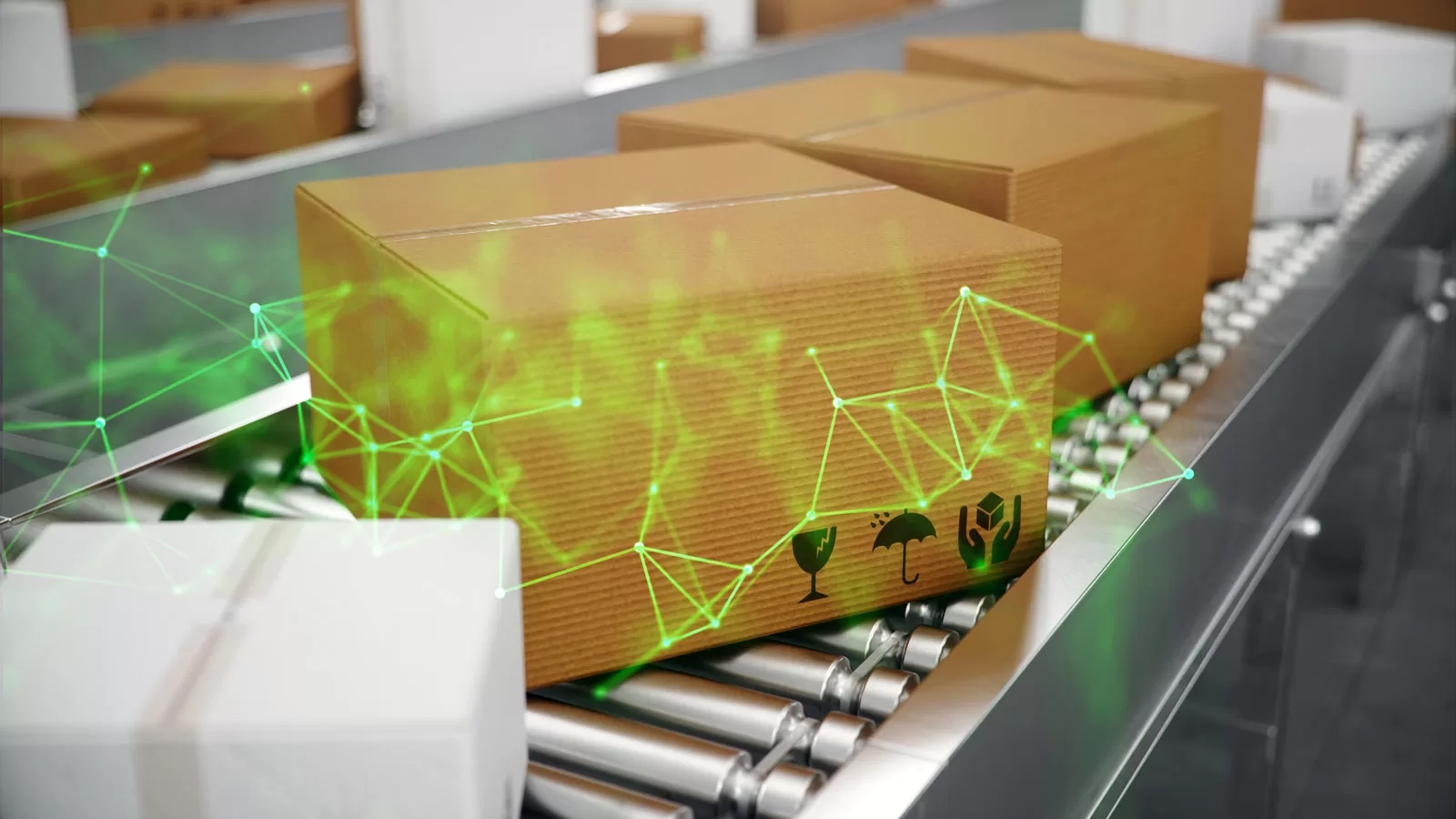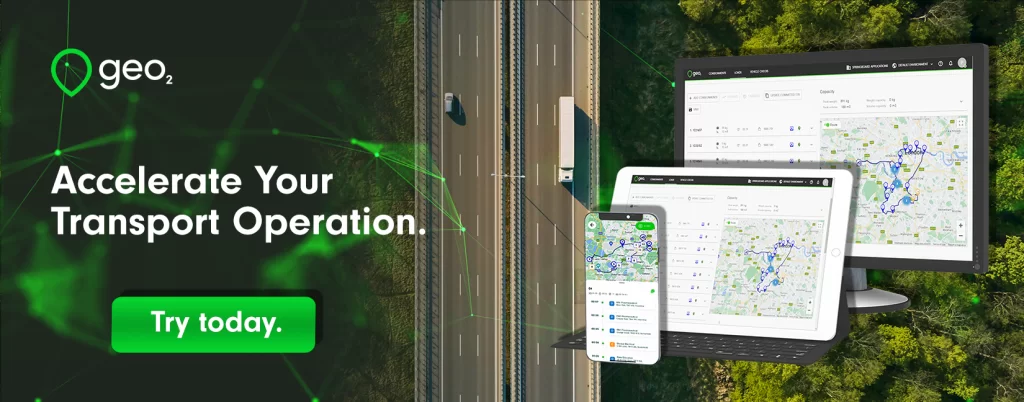
What Does 'Arrived at Local Facility' Mean?
Introduction.
“Arrived at local facility” is a tracking status that can often leave package recipients both relieved (it’s close!) and anxious (why isn’t it here yet?). For the shipping industry, and anyone who eagerly awaits a delivery, it’s a phrase that encapsulates a crucial point in the logistic web. This deep-dive blog post not only deciphers the phrase but also provides valuable insights into the entire logistics process – a must-read for anyone sending or receiving packages.
Most of us have experienced the whirlwind of emotions that comes with tracking a package. Whether it’s a much-anticipated gadget or essential supplies, the desire to know the exact whereabouts of your precious cargo is universal. “Arrived at local facility” is one crucial status message that sheds light on the latest location of your package, but what does it really mean?
Need help choosing a TMS?
Download the Free Guide Now.

Table of Contents.
Understanding the Process.
When your shipment hits the local facility, it’s in the final stretch of its logistics marathon. This pivotal stage is typically the last stop before a package heads to its destined address. What happens after the “arrived at local facility” status update depends on the processes and methods of the specific shipping company – a well-oiled machine could mean a quicker handover to the local carrier, while issues might require a little more time and attention.
The life story of a package can vary, but generally, after it arrives at the local facility, it will undergo a series of steps that include unloading, scanning, sorting, and sometimes, even repackaging. This is the stage where all the preparations for the final delivery begin. In a perfect world, the package would be on your doorstep shortly after this status update. But as with any complex system, there’s always room for hiccups.

Table of Contents.
Possible Scenarios.
Understanding these next steps and being aware of potential issues can help demystify the process. Delays might occur here if the facility is overloaded, there’s a mis-sort, a shortage of local carriers, or if there’s a question about the package’s accuracy or safe transportation.
If there are no issues, the exciting part follows, where the package is typically sorted according to its end destination and loaded onto delivery trucks or aircraft. During peak times or with particularly sensitive shipments, there may be more sorting or checks involved. For example, a perishable item might need to be processed much faster than a book or a piece of clothing.
FAQs
What to Expect Next?
Post the “arrived at local facility” status, the package’s next move is usually a “out for delivery” or “in transit” message, which means it is making its way to you. If you’re the recipient, keep an eye out for these updates, and prepare for the package’s actual arrival.
What Actions to Take if There are Issues?
If you notice that the “arrived at local facility” status hasn’t changed for a significant amount of time, or if there’s an unexpected delay, the best course of action is to first check the carrier’s official page for any service alerts or advisories. If none are listed, contact the carrier directly for assistance. It could be that your package needs a little extra push to get back on track, or it may involve a situation that requires resolution. In some cases, contacting the sender could also provide insights into the status of your package.

Impact on Customers.
Having a package marked “arrived at local facility” can bring relief as it signifies proximity. Conversely, it could increase impatience if you’re expecting a swift next-day delivery. Understanding the typical process and potential issues can go a long way in managing expectations. Additionally, there are advanced technologies in logistics, such as Geo2, but tracking with some companies can be limited. Sometimes packages can teleport from one location to another without updates in between.
Managing Expectations.
Logistics companies often have service level agreements to manage customer expectations of delivery times. These are a good guideline but are based on optimal conditions. Real-world scenarios, like weather, peak delivery times (think holidays and promotions), and even unprecedented events (like the pandemic-related surge in e-commerce) can all impact these timelines.
Tracking Accuracy and Communication.
The accuracy of tracking information depends on a multitude of factors, including the robustness of the carrier’s tracking system, the visibility they have within their network, and their communication to partners and customers. Some carriers may have more sophisticated tracking systems that provide real-time updates, while others might have less visibility once the package leaves the facility.
Conclusion.
The logistics behind shipping are intricate. The next time you see “arrived at local facility” on your package’s tracking information, you’ll understand that it’s only one piece of a much larger puzzle. It’s a milestone that your item has made it to the final leg of its journey, and soon enough, it will be in your hands. Remember that patience is key, and if there are any bumps along the road, reaching out to the right channels can often set things back on course.
Through better understanding and informed communication, we can all contribute to a smoother, more efficient shipping process. And as we continue to send and receive packages, we can appreciate the remarkable coordination and technology that goes into every delivery, from the initial “order confirmed” to the final “package delivered.” Happy shipping!






